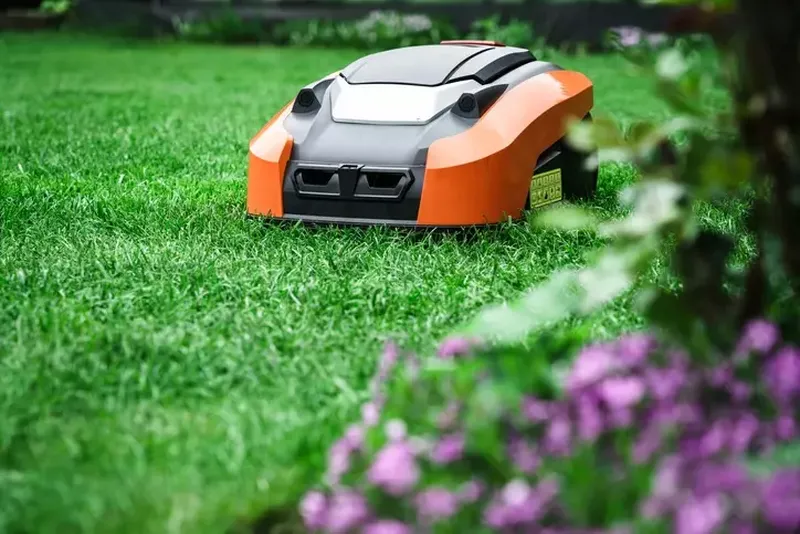What are the characteristics of housings for self-propelled robots?
Self-propelled robots, such as maintenance-free vacuum cleaners or automatic lawnmowers, must have a robust, durable casing that will provide lasting protection for the internal components. This is particularly important for devices intended for outdoor use. Discover what features are essential for self-propelled robot housings.
Housings for self-propelled robots: key features
Due to the specific nature of the application of self-propelled robots, the housings for such devices must be characterised primarily by exceptional durability. Hitting a hard obstacle, such as a stone, can cause a lot of serious damage. Therefore, when designing and manufacturing the housing, care must be taken to ensure that every detail is not only durable and robust, but also properly adapted to the self-propelled robot and the specific nature of its application. The robot mows the lawn..
In addition, the housings for self-propelled robots should also be lightweight and safe. Other features are also important, such as resistance to corrosion, chemical and mechanical damage, and resistance to the negative effects of the external environment.
Polyester-glass laminates for the housing of self-propelled robots
There are many arguments in favour of using polyester-glass laminates for the production of self-propelled robot housings. First and foremost, it is a material that can be easily moulded, which is why it is used to create various elements, both small and large, as well as those with unusual shapes. In addition, they stand out for all the features mentioned above, including lightness, durability, mechanical strength and resistance to various external factors.
Polyester-glass laminates are currently often used in the manufacture of housings for self-propelled robots and industrial machinery.



